Home>Storage & Organization>Kitchen Organizing Tools>How To Get Rid Of Ammonia Smell From The Litter Box


Kitchen Organizing Tools
How To Get Rid Of Ammonia Smell From The Litter Box
Modified: August 23, 2024
Learn how to eliminate ammonia smell from the litter box with effective kitchen organizing tools. Say goodbye to unpleasant odors for good!
(Many of the links in this article redirect to a specific reviewed product. Your purchase of these products through affiliate links helps to generate commission for Storables.com, at no extra cost. Learn more)
Introduction
Dealing with the persistent ammonia smell emanating from your cat's litter box can be a challenging and unpleasant experience. The pungent odor can permeate your living space, causing discomfort for both you and your feline companion. However, with the right approach and tools, you can effectively eliminate this issue and create a fresh and inviting environment for your pet and your household.
In this comprehensive guide, we will explore practical strategies to tackle the ammonia smell from the litter box. From understanding the source of the odor to implementing regular cleaning routines and choosing the most suitable litter, we will cover all the essential steps to ensure a clean and odor-free litter box area. Additionally, we will delve into the significance of using odor-neutralizing products, enhancing ventilation, and monitoring your cat's diet and hydration to address this common concern effectively.
By following the insights and recommendations provided in this guide, you can transform the litter box area into a pleasant and hygienic space, promoting a harmonious cohabitation with your beloved feline companion. Let's embark on this journey to conquer the ammonia smell and create a comfortable and inviting environment for both you and your cat.
Key Takeaways:
- Say goodbye to the stinky litter box! Regular cleaning, choosing the right litter, and using odor-neutralizing products can help eliminate the ammonia smell and create a fresh environment for your cat.
- Keep your cat happy and healthy by monitoring their diet and hydration. High-quality food, adequate water intake, and vigilant observation of urinary habits can reduce the intensity of the ammonia smell in the litter box.
Understanding the source of the ammonia smell
The unmistakable ammonia smell that often emanates from a cat's litter box is a result of the breakdown of urea, a component of urine. When your cat urinates, the urea in the urine undergoes a natural chemical process, leading to the release of ammonia gas. This gas is responsible for the strong and persistent odor that can permeate the surrounding area, causing discomfort and displeasure.
It's important to recognize that the ammonia smell is not only unpleasant for humans but can also be detrimental to your cat's well-being. Prolonged exposure to high levels of ammonia can irritate your cat's respiratory system, leading to potential health issues. Therefore, addressing the source of the ammonia smell is crucial for creating a healthy and comfortable environment for both you and your feline companion.
Understanding the chemical process behind the ammonia smell underscores the significance of proactive measures to manage and eliminate this odor. By gaining insight into the root cause of the issue, you can effectively implement targeted strategies to mitigate the ammonia smell and maintain a fresh and hygienic litter box area.
In the subsequent sections of this guide, we will delve into practical steps and solutions to combat the ammonia smell, encompassing regular cleaning and maintenance of the litter box, selecting the appropriate type of litter, utilizing odor-neutralizing products, enhancing ventilation, and monitoring your cat's diet and hydration. By comprehensively addressing each aspect, you can effectively tackle the ammonia smell and create a pleasant and inviting space for your cat and your household.
Understanding the source of the ammonia smell serves as the foundation for implementing an integrated approach to odor management. With this knowledge in mind, you are equipped to embark on a journey towards a fresh and odor-free litter box area, fostering a harmonious and comfortable living environment for both you and your beloved feline companion.
Regular cleaning and maintenance of the litter box
Regular cleaning and maintenance of the litter box are fundamental aspects of managing the persistent ammonia smell. By establishing a consistent cleaning routine, you can effectively minimize the accumulation of urine and feces, thereby reducing the production of ammonia gas and maintaining a fresh and hygienic environment for your cat.
To initiate the cleaning process, it is essential to scoop the litter box at least once a day. Removing solid waste and clumps of urine-soaked litter prevents the buildup of odor-causing substances, curbing the intensity of the ammonia smell. Additionally, replacing the soiled litter with fresh litter on a regular basis is crucial for ensuring optimal odor control. This practice not only minimizes the presence of ammonia but also provides your cat with a clean and inviting space for their toileting needs.
In addition to daily maintenance, a thorough cleaning of the litter box should be conducted on a weekly basis. This involves emptying the entire contents of the litter box, scrubbing it with a mild detergent, and rinsing it thoroughly to eliminate any residual odor. Once the litter box is clean and dry, refilling it with fresh litter completes the maintenance process, ensuring a pristine environment for your cat.
Furthermore, the type of litter used in the box can significantly impact odor control. Opting for clumping litter, which forms solid clumps upon contact with urine, facilitates the removal of soiled litter during daily maintenance, effectively containing the ammonia smell. Additionally, incorporating litter box liners can simplify the cleaning process and prevent the accumulation of waste on the box's surface, contributing to a cleaner and more hygienic environment.
By adhering to a consistent cleaning and maintenance regimen, you can effectively manage the ammonia smell emanating from the litter box, promoting a fresh and comfortable space for your cat and your household. This proactive approach not only addresses the immediate issue of odor but also contributes to your cat's well-being and overall living environment. Regular cleaning and maintenance serve as the cornerstone of odor management, laying the foundation for a harmonious cohabitation with your beloved feline companion.
Choosing the right type of litter
Selecting the appropriate type of litter is a pivotal factor in effectively managing the ammonia smell emanating from the litter box. With a myriad of options available in the market, understanding the characteristics and benefits of different litter types is essential for making an informed decision that aligns with your odor control needs and your cat's preferences.
Clumping litter, renowned for its exceptional absorbency and odor-controlling properties, stands out as a popular choice for cat owners seeking to combat the persistent ammonia smell. This type of litter forms solid clumps upon contact with urine, simplifying the removal of soiled litter during daily maintenance. By swiftly isolating and containing the urine, clumping litter effectively curtails the production of ammonia gas, contributing to a fresher and more hygienic litter box environment.
Another noteworthy option is silica gel litter, which boasts remarkable absorbent capabilities and odor-neutralizing properties. Composed of silica beads that effectively trap moisture and odors, this type of litter offers prolonged odor control, minimizing the impact of the ammonia smell on the surrounding area. Additionally, the low-dust nature of silica gel litter contributes to a cleaner and more breathable environment, enhancing the overall comfort for both you and your cat.
Furthermore, natural and biodegradable litters, such as those made from corn, wheat, or pine, present eco-friendly alternatives with commendable odor-controlling attributes. These litters harness the natural absorbency and odor-neutralizing properties of their organic components, effectively mitigating the production of ammonia gas and promoting a sustainable and hygienic litter box environment. Additionally, their biodegradable nature aligns with environmentally conscious practices, offering a holistic approach to odor management.
Considering your cat's preferences and sensitivities is equally crucial when choosing the right type of litter. Some cats may exhibit aversions to certain textures or scents, influencing their acceptance and usage of the litter. By observing your cat's behavior and receptiveness to different litter types, you can tailor your selection to accommodate their preferences, ensuring a comfortable and inviting toileting experience for your feline companion.
By carefully evaluating the characteristics and benefits of various litter options and considering your cat's preferences, you can make an informed decision that effectively addresses the ammonia smell and promotes a fresh and hygienic litter box environment. The right type of litter serves as a cornerstone of odor management, contributing to a harmonious cohabitation with your beloved feline companion.
Regularly clean the litter box and change the litter at least once a week to prevent ammonia buildup. Consider using litter with baking soda to help absorb and neutralize odors.
Using odor-neutralizing products
In the quest to combat the persistent ammonia smell from your cat's litter box, incorporating odor-neutralizing products can significantly enhance your efforts to create a fresh and inviting environment for both you and your feline companion. These specialized products are designed to target and neutralize odors at their source, effectively mitigating the impact of ammonia gas and fostering a hygienic and pleasant living space.
One of the most popular and effective odor-neutralizing products is enzymatic cleaner. This powerful solution harnesses the natural enzymatic action to break down and eliminate odor-causing compounds, including those responsible for the distinct ammonia smell. Enzymatic cleaners work by targeting the organic components of urine and feces, effectively neutralizing the odor and preventing its recurrence. By incorporating enzymatic cleaner into your cleaning routine, you can effectively address the ammonia smell and maintain a pristine litter box environment.
Furthermore, activated charcoal-based odor absorbers offer a proactive approach to odor control in the litter box area. These products, available in various forms such as granules or sachets, effectively absorb and trap odors, including the pungent ammonia smell, creating a fresher and more comfortable environment. The porous nature of activated charcoal enables it to capture and retain odor molecules, preventing their release into the surrounding space. By strategically placing activated charcoal-based odor absorbers near the litter box, you can significantly reduce the impact of the ammonia smell and promote a more pleasant living environment.
In addition to enzymatic cleaners and activated charcoal-based odor absorbers, specialized litter box deodorizers offer targeted solutions to combat the persistent ammonia smell. These products, available in powder or granule form, are specifically formulated to neutralize odors within the litter box, effectively curbing the intensity of the ammonia smell. By incorporating litter box deodorizers into your cleaning routine, you can proactively manage and eliminate the source of the odor, creating a fresh and hygienic environment for your cat and your household.
By integrating odor-neutralizing products into your odor management strategy, you can effectively address the persistent ammonia smell and create a comfortable and inviting space for your feline companion. These specialized products offer targeted solutions to neutralize odors at their source, contributing to a harmonious cohabitation with your beloved cat. With the proactive use of enzymatic cleaners, activated charcoal-based odor absorbers, and litter box deodorizers, you can effectively conquer the ammonia smell and foster a fresh and hygienic litter box environment.
Read more: How To Get Rid Of Bugs In The Litter Box
Increasing ventilation in the litter box area
Enhancing ventilation in the litter box area is a strategic approach to mitigating the persistent ammonia smell and promoting a fresher and more breathable environment for both you and your feline companion. Adequate ventilation plays a pivotal role in minimizing the accumulation of odors and maintaining optimal air quality, contributing to a comfortable and hygienic living space.
One effective method to increase ventilation in the litter box area is to position the litter box in a well-ventilated space within your home. Selecting a location with ample airflow, such as near a window or in a room with good ventilation, facilitates the dispersion of odors and prevents their concentration in a confined area. By allowing natural airflow to permeate the litter box area, you can effectively reduce the intensity of the ammonia smell and create a more pleasant environment for both you and your cat.
In addition to leveraging natural ventilation, the strategic placement of fans or air purifiers near the litter box area can further enhance airflow and minimize the impact of odors. Utilizing a small oscillating fan or an air purifier with a HEPA filter can effectively circulate air and reduce the concentration of ammonia odors, contributing to a fresher and more comfortable environment. These devices facilitate the dispersion of odors and promote air circulation, effectively curbing the persistence of the ammonia smell in the litter box area.
Furthermore, maintaining a clean and well-ventilated litter box enclosure, such as a hooded litter box with adequate ventilation openings, can significantly contribute to odor control. Hooded litter boxes with ventilation features facilitate the release of trapped odors and prevent the buildup of ammonia gas within the enclosure, promoting a more hygienic and comfortable environment for your cat. Additionally, ensuring that the litter box enclosure is well-maintained and free from obstructions further enhances the efficacy of ventilation in managing the persistent ammonia smell.
By increasing ventilation in the litter box area through strategic positioning, the use of fans or air purifiers, and the maintenance of well-ventilated litter box enclosures, you can effectively minimize the impact of the ammonia smell and create a fresh and inviting space for your feline companion. These proactive measures not only contribute to odor control but also enhance the overall comfort and well-being of both you and your cat, fostering a harmonious cohabitation in your home.
Monitoring your cat's diet and hydration
Monitoring your cat's diet and hydration plays a crucial role in managing the persistent ammonia smell emanating from the litter box. By paying close attention to your cat's nutritional intake and water consumption, you can address potential factors contributing to the intensity of the ammonia smell and promote a healthier and more balanced living environment for your feline companion.
The composition of your cat's diet significantly influences the odor and concentration of their urine, directly impacting the production of ammonia in the litter box. By providing your cat with high-quality, balanced nutrition, you can promote optimal urinary health and minimize the presence of odor-causing compounds in their urine. Selecting cat food that is formulated to support urinary health and contains essential nutrients, such as omega-3 fatty acids and adequate moisture content, can contribute to the reduction of ammonia concentration in the urine, subsequently mitigating the intensity of the ammonia smell in the litter box.
In addition to the quality of the diet, ensuring that your cat remains adequately hydrated is essential for managing the ammonia smell. Adequate water intake promotes the dilution of urine, reducing the concentration of ammonia and minimizing its impact on odor production. Encouraging your cat to drink water through the use of water fountains, multiple water bowls placed in different areas of the home, or incorporating wet food into their diet can effectively support their hydration needs, contributing to a healthier urinary system and reduced ammonia odor in the litter box.
Furthermore, monitoring your cat's urinary habits and observing any changes in the frequency or volume of urination can provide valuable insights into their overall urinary health. Any noticeable alterations in urination patterns or the appearance of the urine should be promptly addressed by consulting a veterinarian. By proactively monitoring your cat's urinary habits and seeking professional guidance when necessary, you can effectively identify and address potential urinary health issues that may contribute to the persistence of the ammonia smell in the litter box.
By integrating a proactive approach to monitoring your cat's diet and hydration, you can effectively manage the ammonia smell in the litter box and promote a healthier and more comfortable living environment for both you and your feline companion. Through the implementation of targeted dietary choices, hydration strategies, and vigilant observation of urinary habits, you can contribute to a harmonious cohabitation with your beloved cat, fostering a fresh and hygienic litter box environment.
Conclusion
In conclusion, addressing the persistent ammonia smell from your cat's litter box is a multifaceted endeavor that encompasses proactive strategies, targeted solutions, and a deep understanding of the factors contributing to the odor. By delving into the root cause of the ammonia smell and implementing comprehensive measures, you can effectively transform the litter box area into a fresh, hygienic, and inviting space for both you and your feline companion.
Throughout this guide, we have explored the significance of regular cleaning and maintenance of the litter box as a fundamental aspect of odor management. By establishing a consistent cleaning routine, selecting the appropriate type of litter, and leveraging odor-neutralizing products, you can effectively minimize the impact of the ammonia smell and maintain a fresh and comfortable environment for your cat. Furthermore, increasing ventilation in the litter box area and monitoring your cat's diet and hydration play pivotal roles in addressing the source of the ammonia smell and promoting a healthier living environment.
It is essential to recognize that the well-being of your cat is intricately linked to the management of the litter box environment. Prolonged exposure to high levels of ammonia can have adverse effects on your cat's respiratory system, emphasizing the importance of proactive odor control measures. By integrating these strategies into your daily routine, you can create a harmonious cohabitation with your beloved feline companion, fostering a fresh and hygienic living space that promotes their overall well-being.
In essence, conquering the persistent ammonia smell from the litter box requires a holistic approach that encompasses proactive cleaning practices, the selection of suitable litter, the use of odor-neutralizing products, enhanced ventilation, and attentive monitoring of your cat's health. By embracing these strategies, you can effectively mitigate the impact of the ammonia smell and create a comfortable and inviting environment for both you and your cat.
As you embark on this journey to conquer the ammonia smell and create a fresh and hygienic litter box environment, remember that your proactive efforts contribute to a harmonious and fulfilling cohabitation with your beloved feline companion. With dedication, attentiveness, and the implementation of targeted solutions, you can transform the litter box area into a pleasant and inviting space, fostering a healthy and enjoyable living environment for both you and your cat.
Frequently Asked Questions about How To Get Rid Of Ammonia Smell From The Litter Box
Was this page helpful?
At Storables.com, we guarantee accurate and reliable information. Our content, validated by Expert Board Contributors, is crafted following stringent Editorial Policies. We're committed to providing you with well-researched, expert-backed insights for all your informational needs.
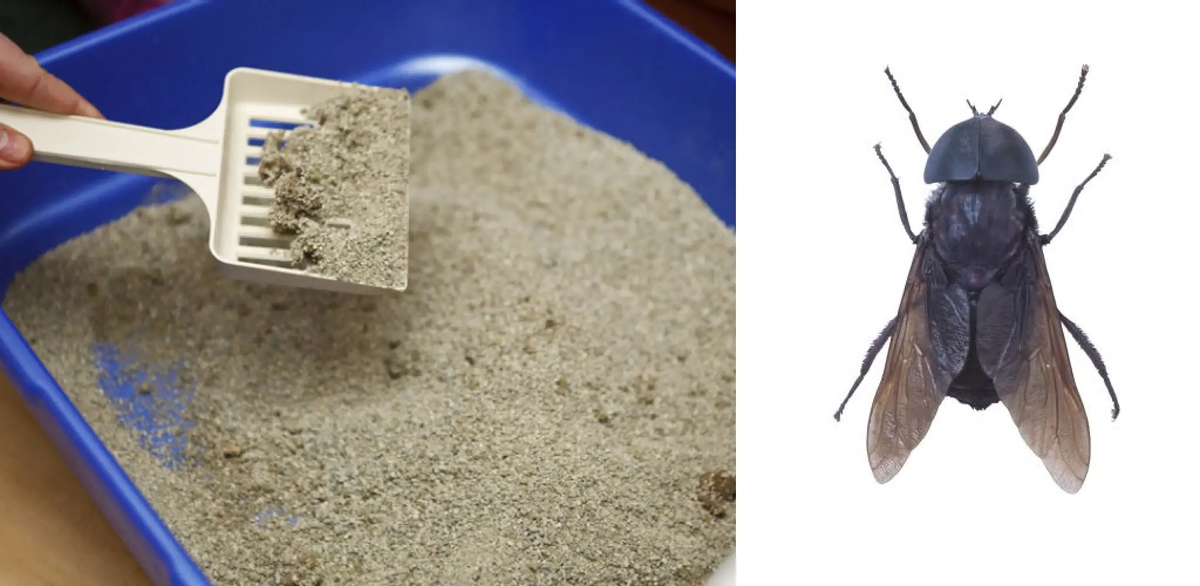
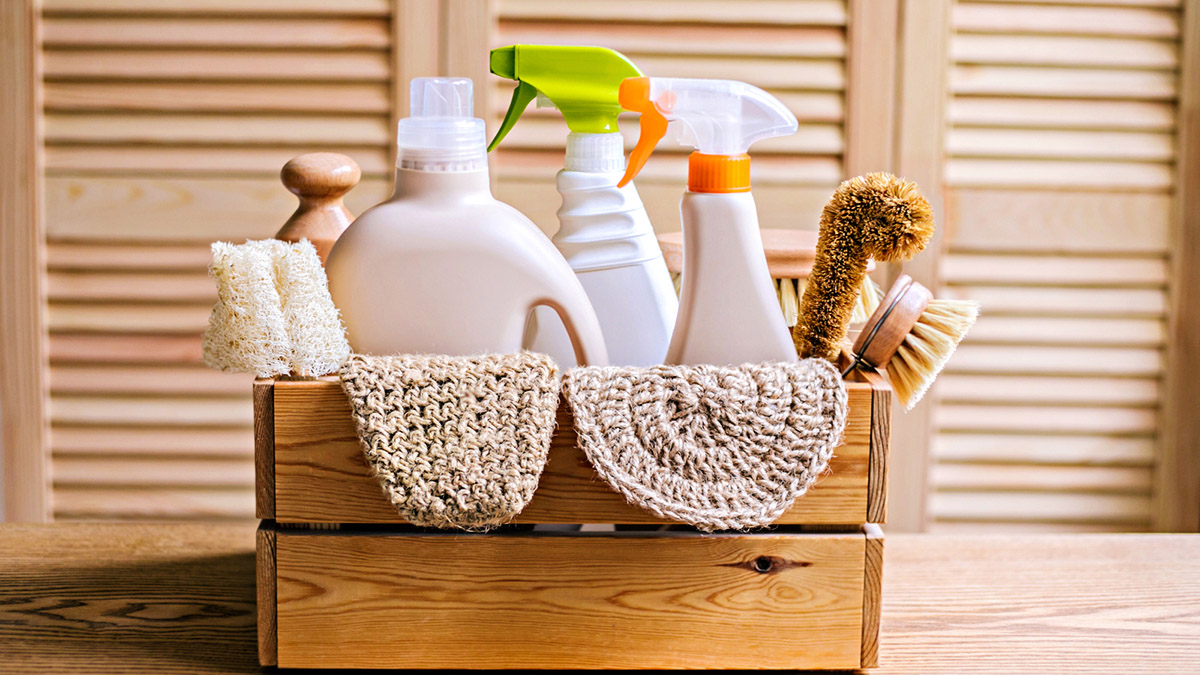
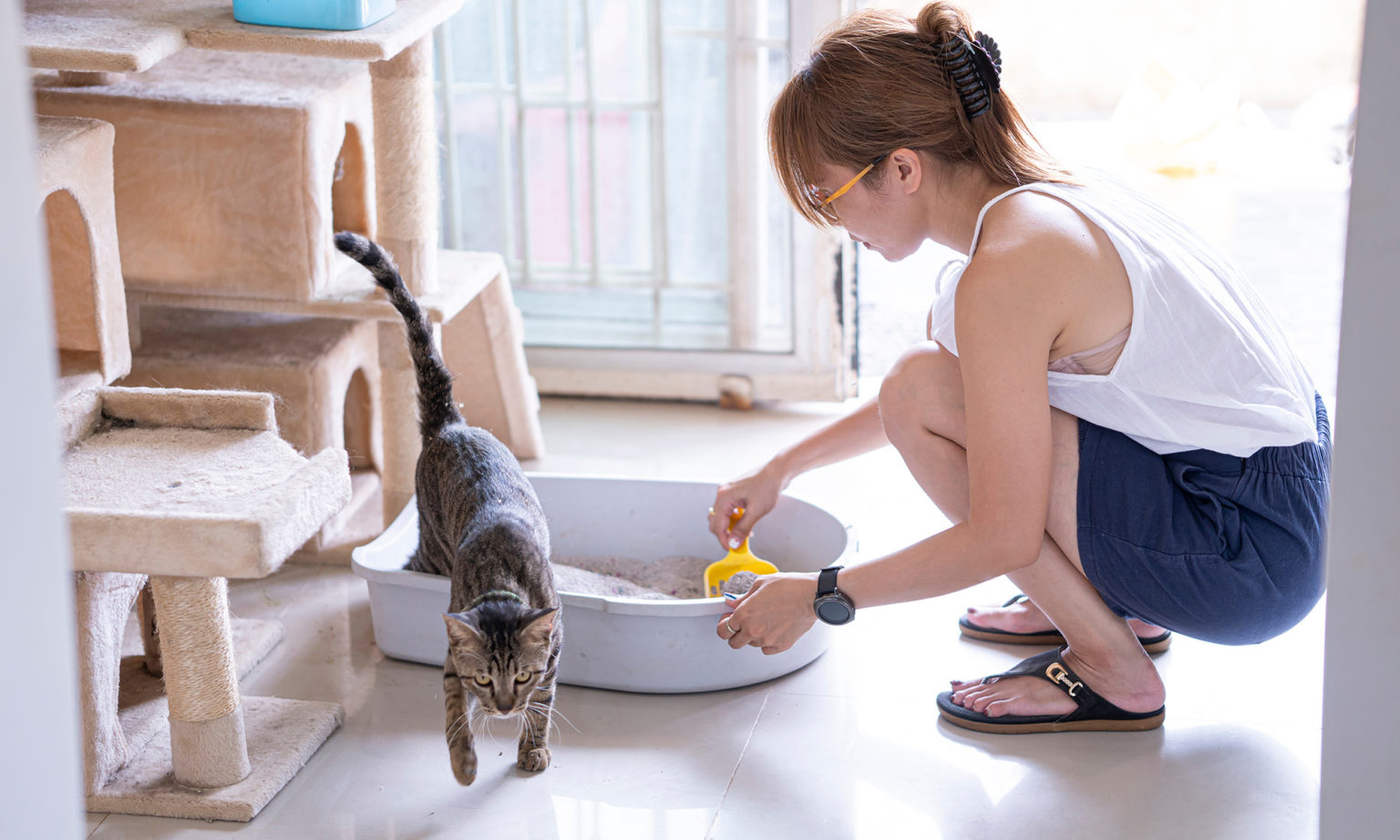

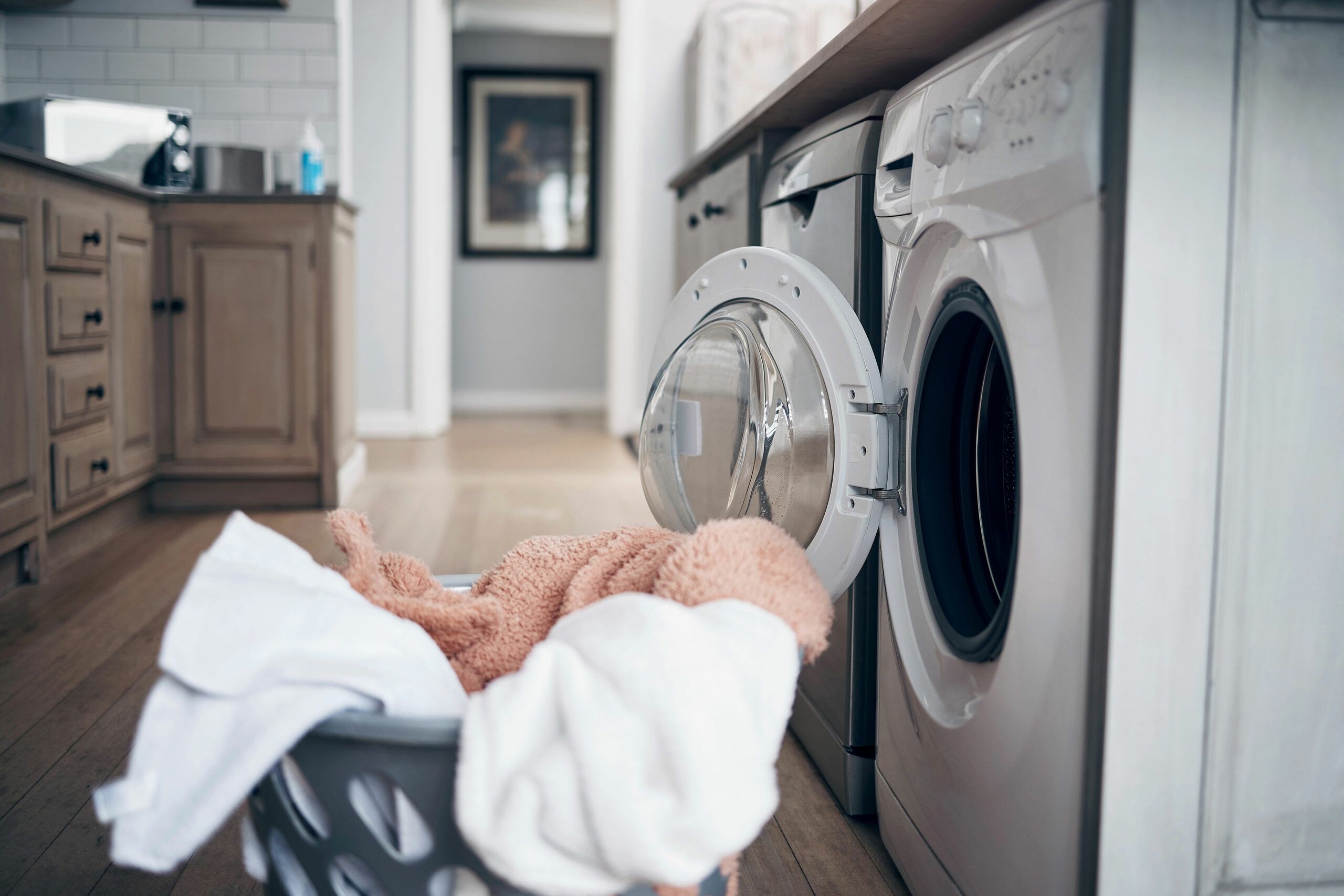

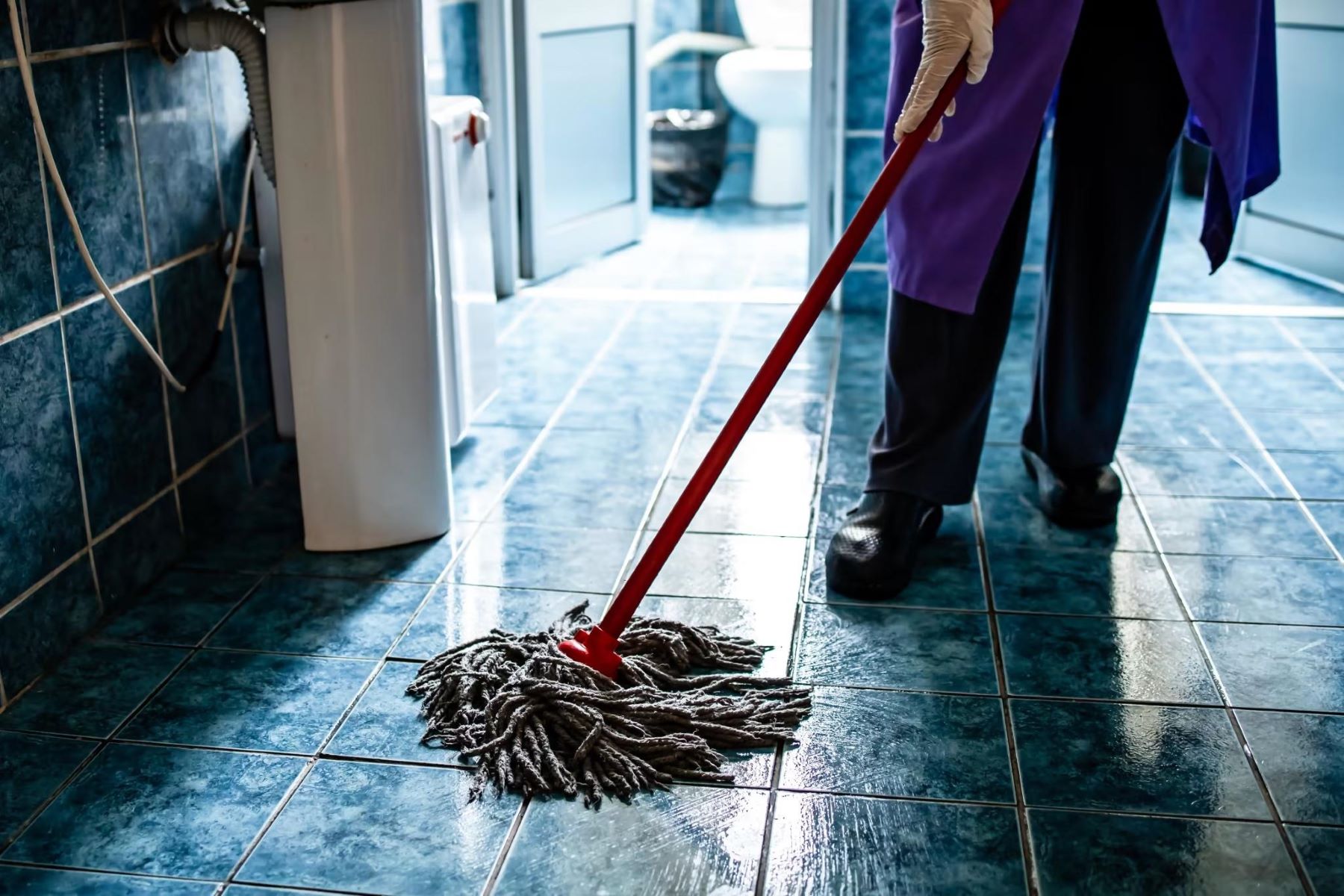
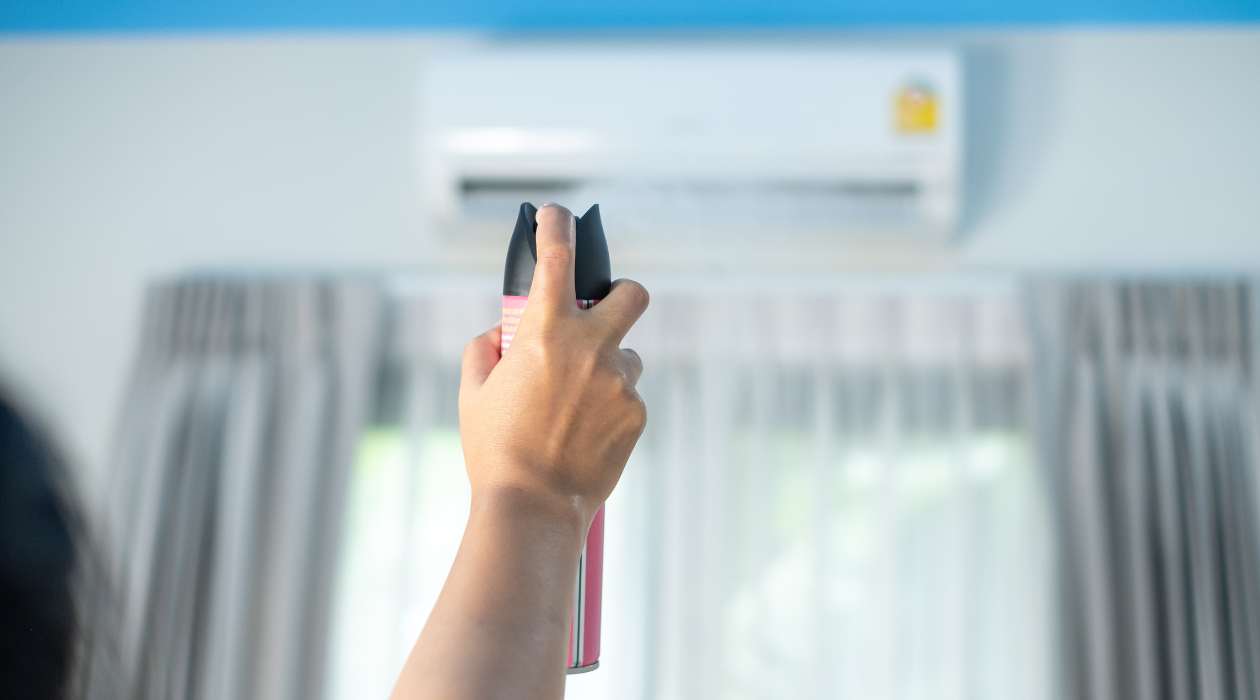
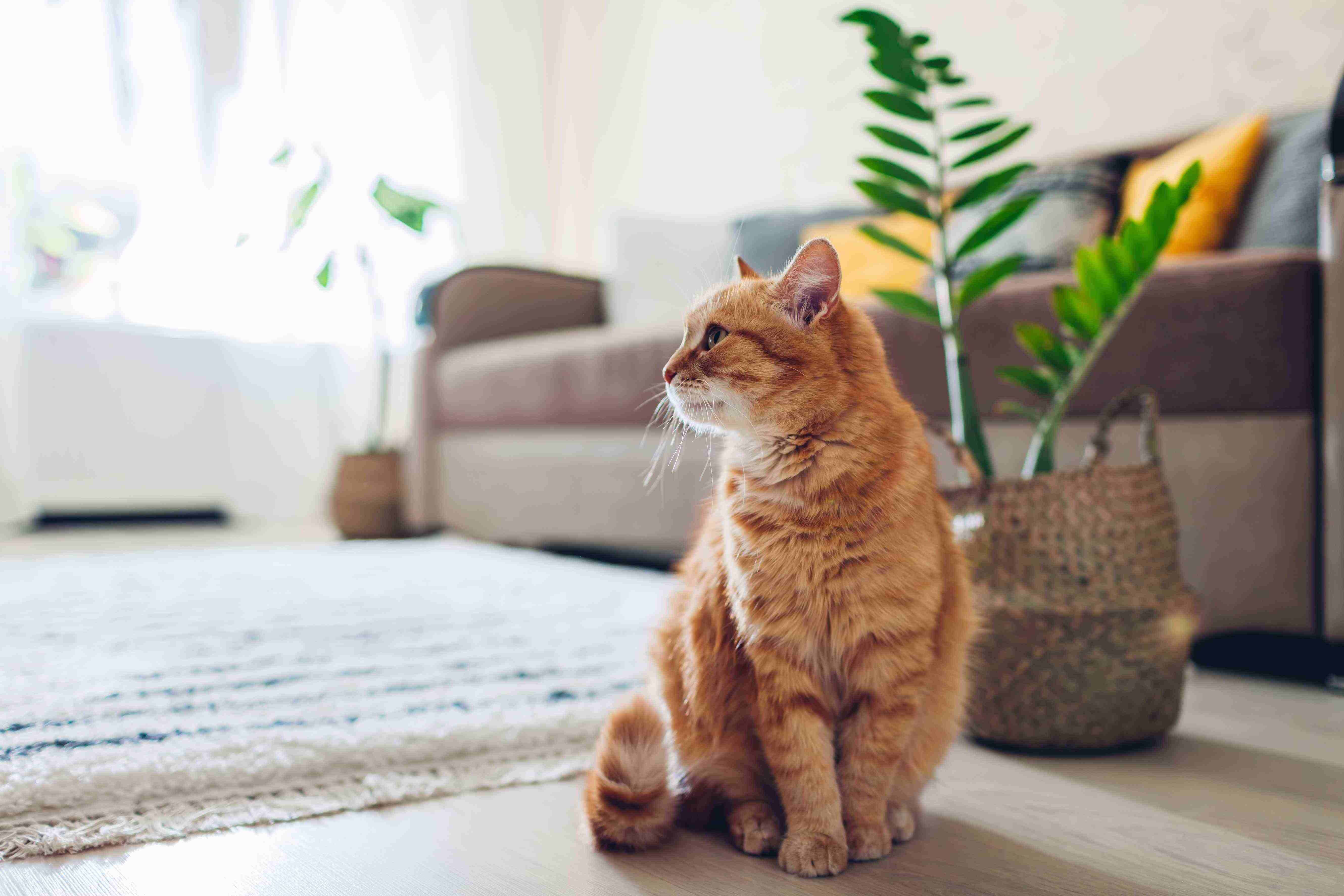

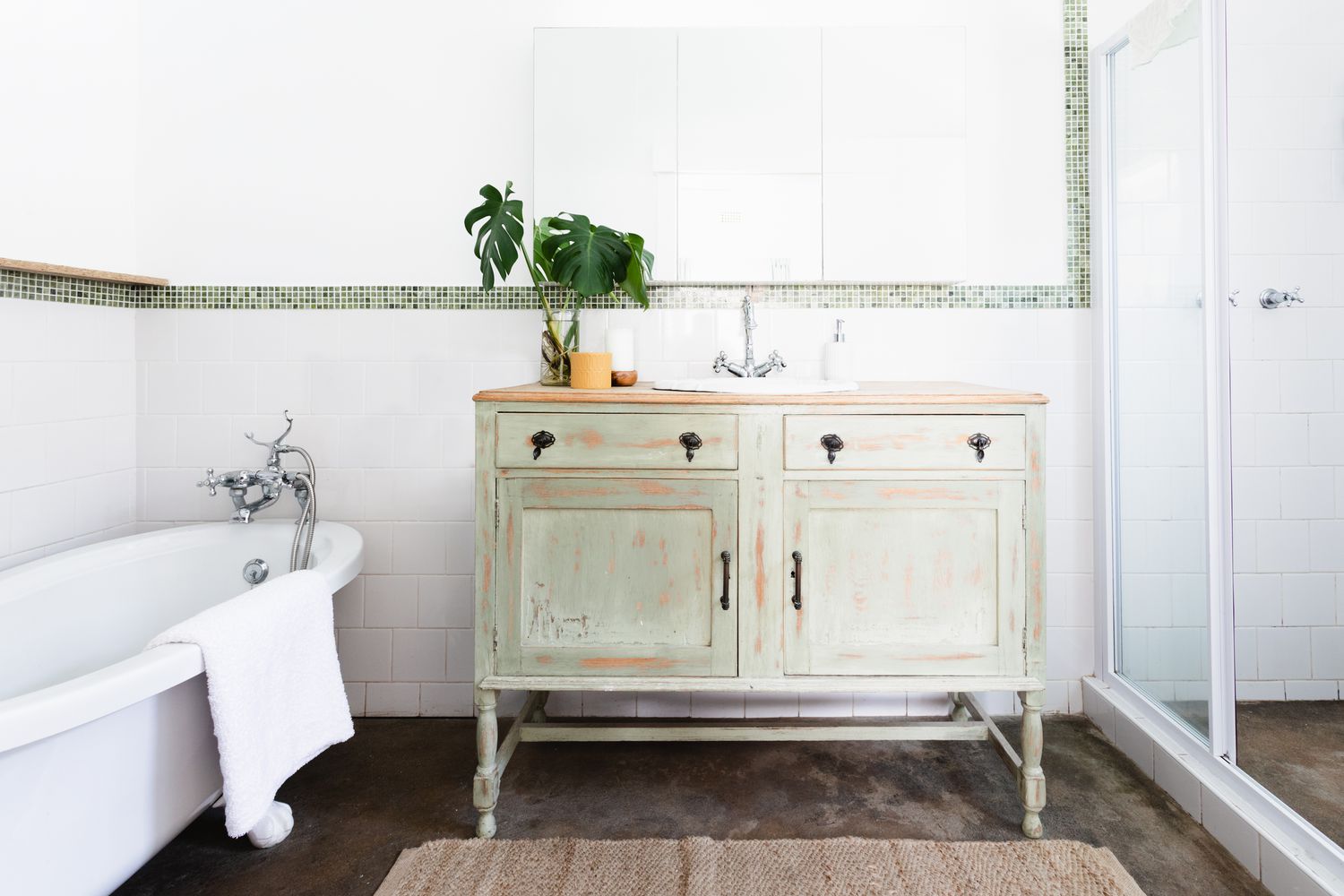
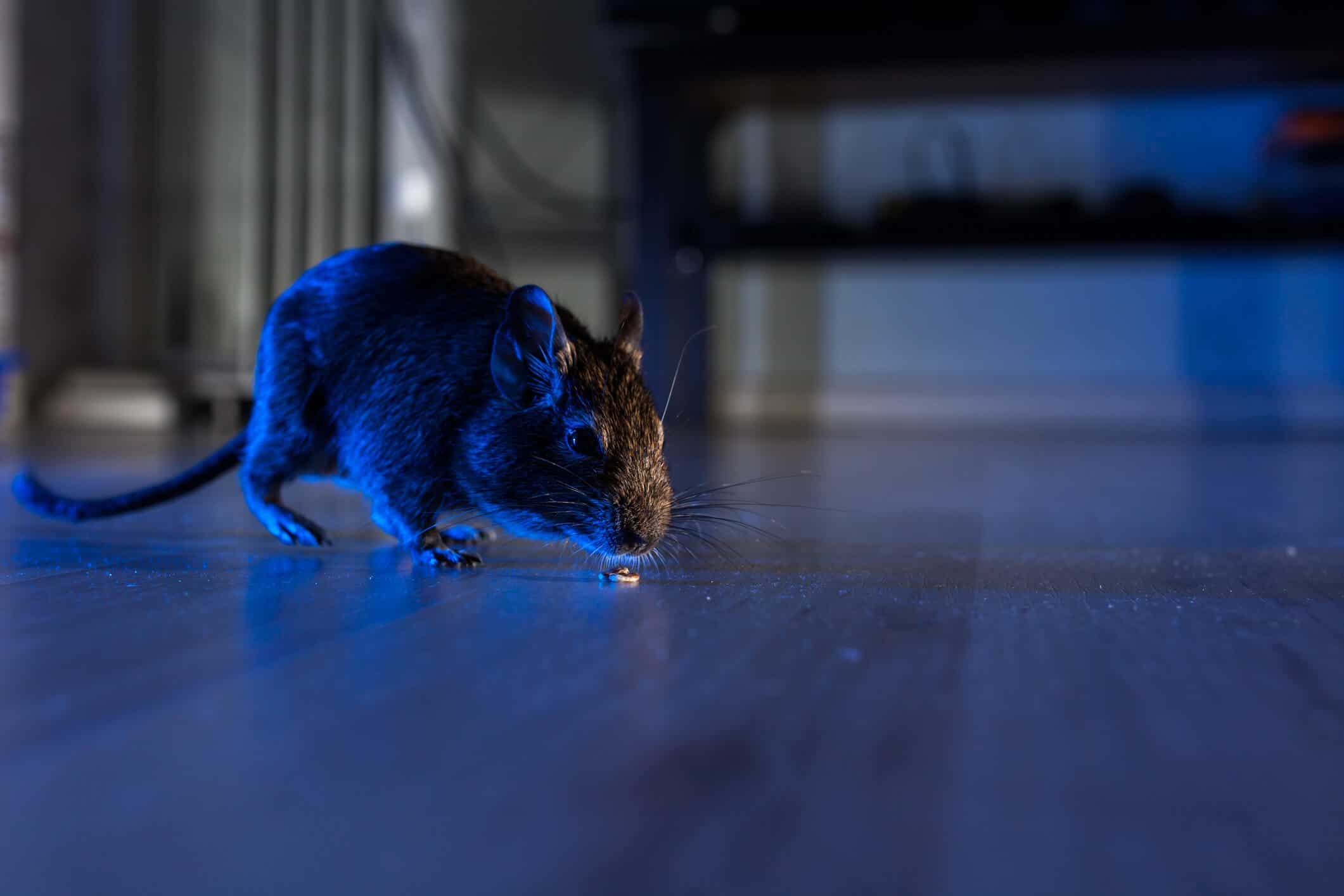



0 thoughts on “How To Get Rid Of Ammonia Smell From The Litter Box”